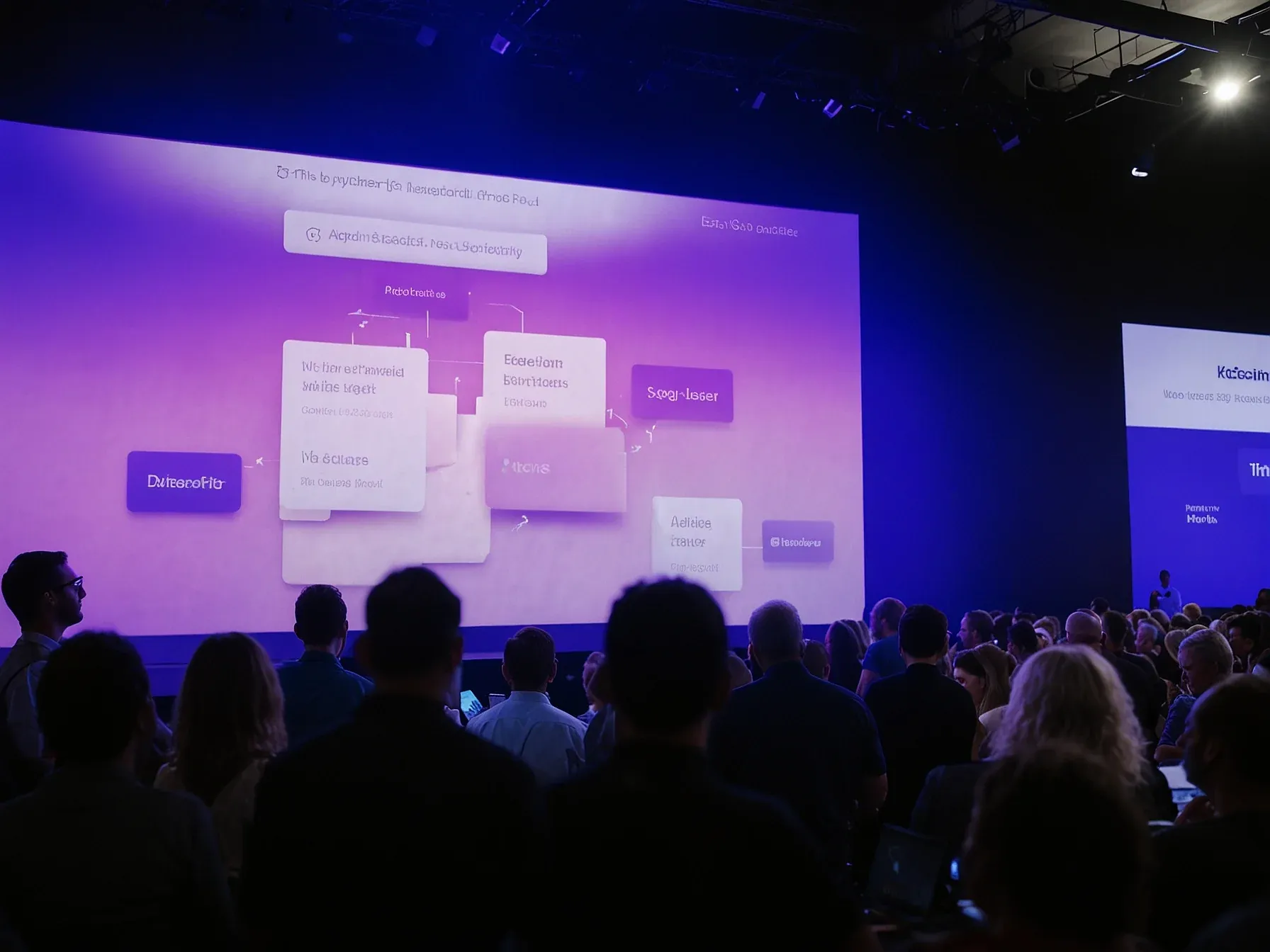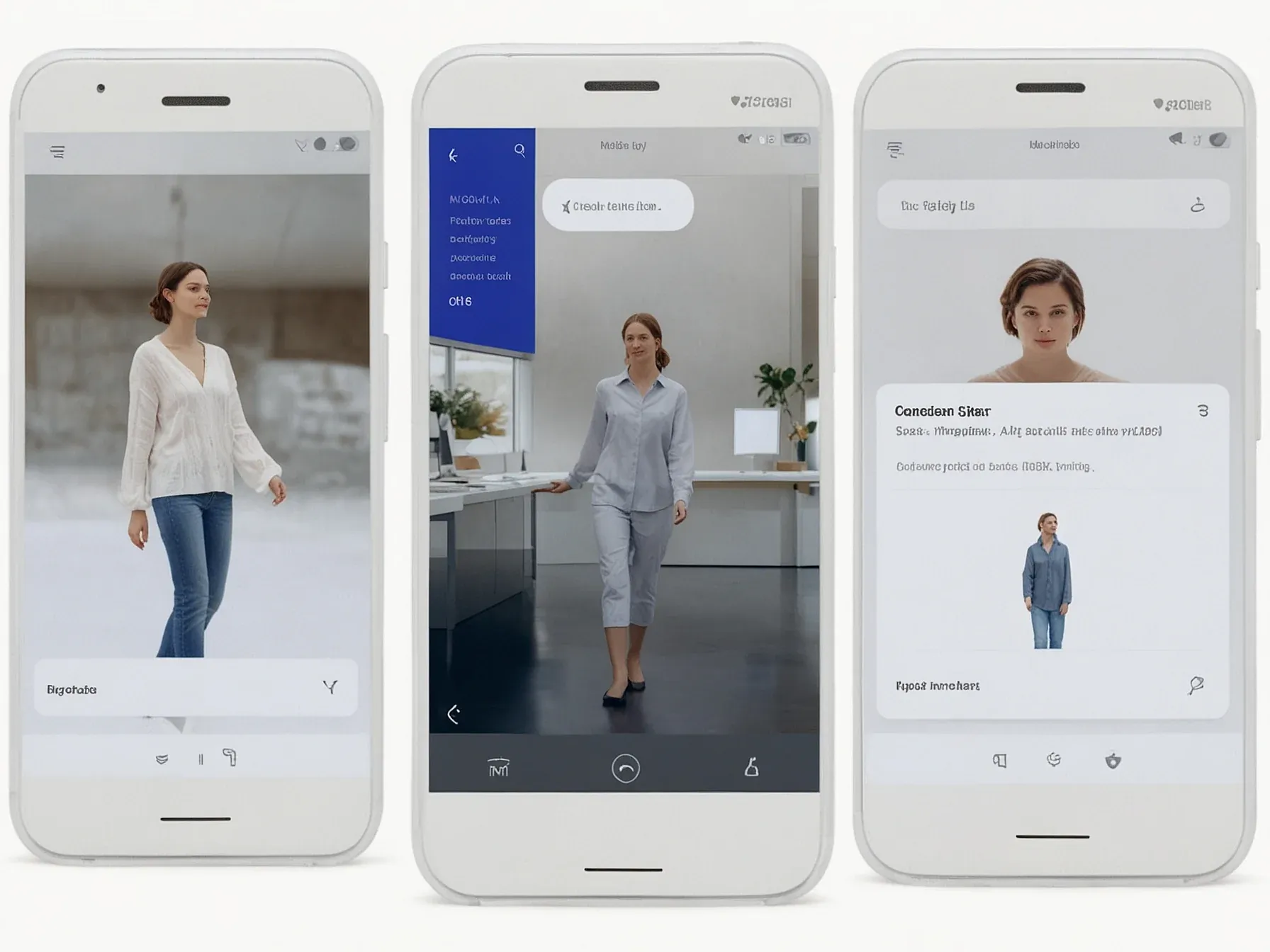
Google Opal lets users build AI automations from scratch or remix gallery apps
Google’s newest AI‑focused platform, Opal, promises to put automation in the hands of anyone who can type a prompt. The service is positioned as a bridge between fully custom builds and ready‑made solutions, aiming to lower the barrier for developers and business users alike. While the interface leans on natural‑language input, the underlying goal is to let users shape workflows without digging into code.
That duality—building from the ground up versus borrowing from an existing library—has sparked curiosity about how flexible the tool really is. Some early reviewers note that the “gallery” of pre‑crafted apps could serve as a learning aid, while the “your Opal apps” path appears to let creators start with a blank canvas. The question now is how these two entry points coexist and what that means for people looking to automate routine tasks.
There are two ways to get started using this platform: you can either create your Opal apps from scratch or remix the apps in the gallery. - Your Opal Apps: These are custom applications built by you using natural language prompts. - The Gallery: This serves as a vital source of inspiration and read
There are two ways to get started using this platform: you can either create your Opal apps from scratch or remix the apps in the gallery. - Your Opal Apps: These are custom applications built by you using natural language prompts. - The Gallery: This serves as a vital source of inspiration and ready-made solutions.
It features demo Opals built by the Google team. The Gallery is the perfect place to find an app that is "close enough" to your idea, which you can then remix to make your own.
Can users rely on these micro‑apps for mission‑critical work? Google Opal, a no‑code, experimental offering from Google Labs, lets anyone turn natural‑language prompts into visual, editable workflows. The platform supports two entry points: building custom apps from scratch or remixing existing ones from a public gallery.
The gallery, described as a source of inspiration, provides ready‑made examples that can be adapted with a few clicks. Because Opal translates text directly into functional components, the barrier to creating AI‑powered tools appears low. Yet the tool remains experimental, and Google has not disclosed performance metrics or security safeguards.
It is unclear whether the generated apps can scale beyond simple prototypes or meet enterprise‑level requirements. The lack of detail on integration with other services also leaves open questions about long‑term viability. For now, Opal offers a sandbox for hobbyists and early adopters to explore AI automation without writing code, but its practical impact beyond that remains uncertain.
Further Reading
- Google launches its AI vibe-coding app Opal in 15 more countries - TechCrunch
- Opal is now available in more than 160 countries - Google Blog
- Google Opal: The Next Evolution in No-Code AI Automation - AI Skill Hub
- Building AI Automations with Google Opal - KDnuggets
- Introducing Opal: describe, create, and share your AI mini-apps - Google Developers Blog
Common Questions Answered
What are the two entry points for creating apps in Google Opal?
Google Opal offers two ways to start: you can build a custom app from scratch using natural‑language prompts, or you can remix an existing app from the public Gallery. Both approaches generate visual, editable workflows without writing code.
How does the Gallery in Google Opal help users who are not developers?
The Gallery provides ready‑made demo Opals created by the Google team, serving as inspiration and a shortcut for non‑technical users. By selecting an app that is "close enough," users can remix it with a few clicks to fit their specific needs.
In what way does Google Opal lower the barrier for building AI automations?
Opal translates natural‑language prompts directly into functional, visual workflows, eliminating the need for traditional coding. This no‑code approach makes it easier for both developers and business users to create micro‑apps and automation solutions.
Can Google Opal’s micro‑apps be trusted for mission‑critical tasks?
While Opal is an experimental, no‑code offering from Google Labs, the platform is designed to produce functional workflows from text prompts. However, because it is still experimental, organizations should evaluate reliability and performance before relying on Opal for mission‑critical operations.




